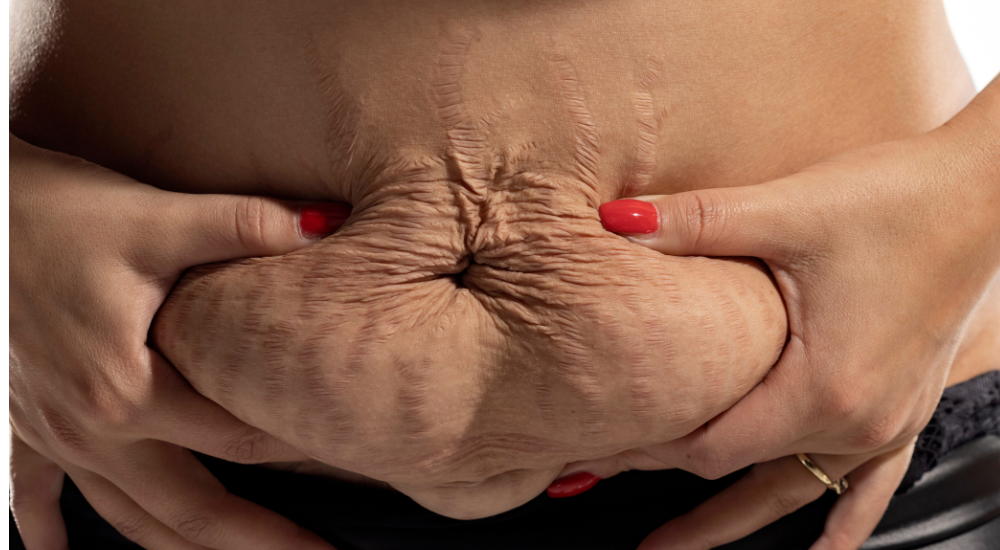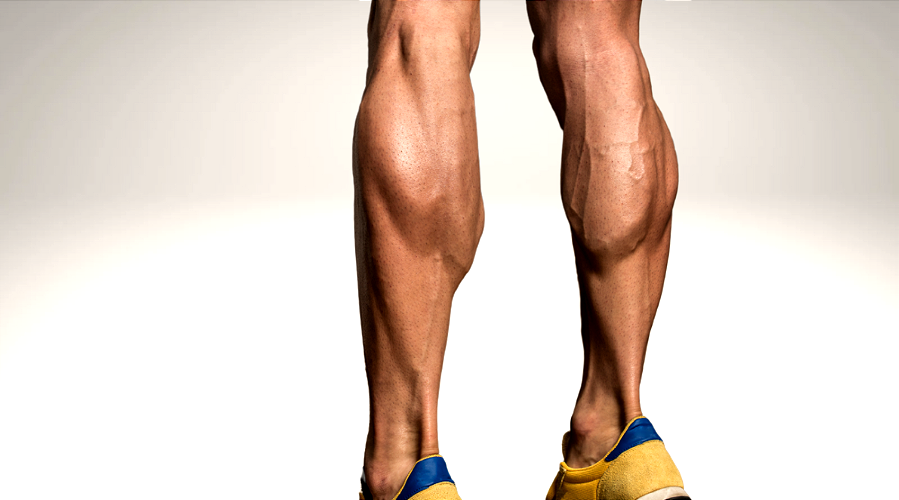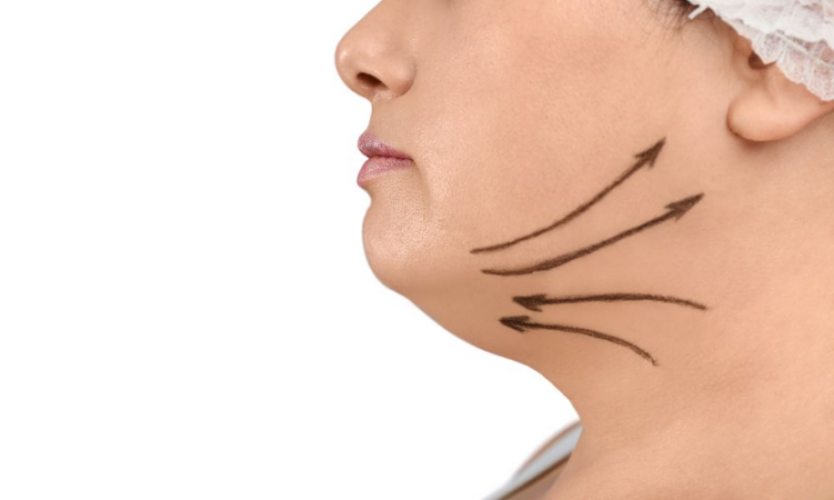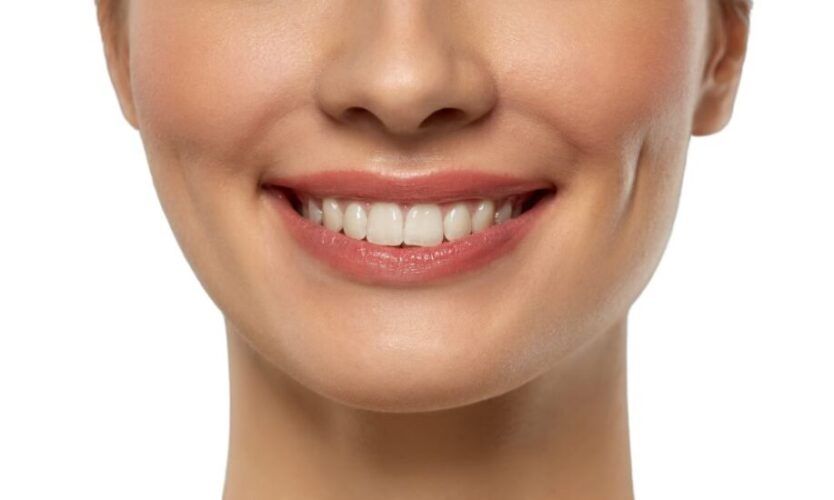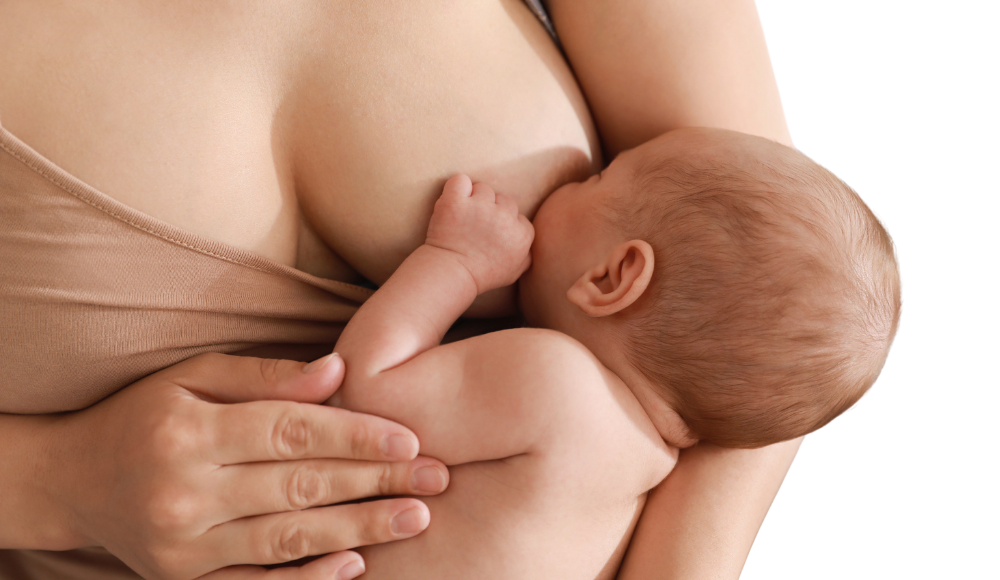Pregnancy is a remarkable journey that brings about significant physical changes. While many of these changes are temporary, some women experience lasting cosmetic deformities of the abdomen. Understanding these changes can help women manage their expectations and explore potential solutions. Here are the most common abdominal deformities post-pregnancy and the available treatments.
There are few cosmetic deformities that’s commonly seen post pregnancy:
Stretch Marks (Striae Gravidarum):
- Description: Stretch marks are linear scars that develop when the skin is stretched rapidly, such as during pregnancy. They often appear on the abdomen, hips, and thighs.
- Appearance: Initially red, purple, or dark brown, they fade to a lighter color over time.
- Treatment: Topical treatments (retinoids, hyaluronic acid), laser therapy, microdermabrasion, and microneedling can help reduce their appearance.
Diastasis Recti:
- Description: Diastasis recti is the separation of the rectus abdominis muscles, which can cause a bulge in the midline of the abdomen.
- Symptoms: A noticeable gap between the abdominal muscles, lower back pain, and poor posture.
- Treatment: Physical therapy, targeted exercises, and in severe cases, surgery (abdominoplasty).
Excess Skin:
- Description: After significant stretching, the skin may lose its elasticity and fail to retract, resulting in loose, sagging skin.
- Symptoms: Sagging skin that may hang over the lower abdomen.
- Treatment: Non-surgical options (radiofrequency treatments, ultrasound therapy), surgical options (tummy tuck or mini-tummy tuck).
Fat Deposits:
- Description: Localized fat deposits can persist even after weight loss, often due to hormonal changes and genetics.
- Symptoms: Stubborn fat pockets, typically around the lower abdomen.
- Treatment: Liposuction, CoolSculpting, or other body contouring procedures.
Umbilical Hernia:
- Description: Pregnancy can cause or exacerbate an umbilical hernia, where part of the intestine protrudes through the abdominal wall near the navel.
- Symptoms: A bulge or swelling near the belly button, discomfort, or pain.
- Treatment: Surgical repair is often required to correct an umbilical hernia.
Linea Nigra:
- Description: This is a dark line that appears on the abdomen during pregnancy, running from the pubic area to the navel.
- Symptoms: A darkened line that may persist for some time postpartum.
- Treatment: Generally fades on its own, but topical treatments may help speed up the process.
Post-Pregnancy Care and Prevention
Healthy Diet and Hydration:
- Maintain a balanced diet rich in vitamins and minerals to support skin health.
- Stay hydrated to keep the skin supple and elastic.
Regular Exercise:
- Engage in regular physical activity to strengthen the abdominal muscles and improve overall fitness.
- Focus on core-strengthening exercises postpartum to help with diastasis recti.
Skincare Regimen:
- Use moisturizers and oils during and after pregnancy to improve skin elasticity.
- Consider products with ingredients like cocoa butter, shea butter, and vitamin E.
Medical Consultation:
- Consult with a healthcare provider or dermatologist for personalized advice and treatment options.
- Consider seeing a physical therapist for postpartum abdominal rehabilitation.
Cosmetic Procedures
Non-Surgical Options:
- Laser Therapy: Effective for stretch marks and skin tightening.
- CoolSculpting: Non-invasive fat reduction.
- Radiofrequency and Ultrasound Therapy: For skin tightening and improving skin texture.
Surgical Options:
- Abdominoplasty (Tummy Tuck): Removes excess skin and tightens abdominal muscles.
- Mini-Tummy Tuck: A less extensive version of the tummy tuck, suitable for mild cases.
- Liposuction: Targets localized fat deposits.
While pregnancy can leave lasting changes on the abdomen, there are various treatments and lifestyle adjustments that can help manage and improve these cosmetic deformities. Whether through non-surgical methods, surgical procedures, or a combination of both, women can achieve a more toned and aesthetically pleasing abdominal area post-pregnancy. Consulting with healthcare and cosmetic professionals can provide personalized solutions tailored to individual needs and goals.

